The Yushun Himba and Tokyo Yushun are over, and the temperature has been over 20 degrees Celsius every day. Also It's been raining more lately, and we are finally in the season of the rainy season and the first signs of summer. I have just completed the fan voting for the Takarazuka Memorial and am ready to welcome summer with a smile on my face. I hope everyone is doing well.
In this issue, I’d like to talk about the names of guitar shapes.
When you are looking at guitars on the Sound House website, you will usually choose the one you are interested in from the various shapes.
Like the page here. Some of you may feel uncomfortable when you look at it. Yes, for example, around here.
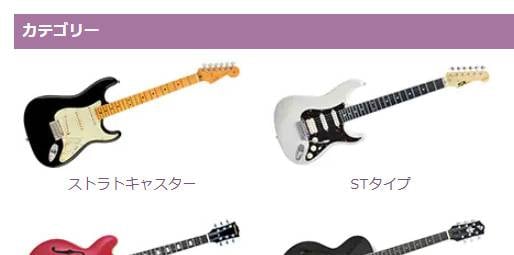
Most people might think, “It's the same!,but at the same time, if you can understand why it is the way it is, you are quite good at it. Moreover, if you know the reason why the two are separated, you know a lot about it.
Actually, it is because of the trademark rights. This time, we will focus on Fender's Stratocaster and Telecaster, and their similar products.
A Brief History
First of all, as a prerequisite, we need to understand the history of the Stratocaster and Telecaster, otherwise the timeline of the rest of the story will be messed up. So let's review it first.
Around 1949 in the United States, an extremely vivid and sensational guitar was released. This guitar did not have a structure that echoed sound inside the body like conventional acoustic guitars, but instead produced a loud sound with electricity. The name of the guitar is “Broadcaster".
Broadcaster went on sale first in 1950. However, soon after its release, a problem came up that its name was similar to that of Gretsch's drum set, and the name had to be changed. So, for a few months it was called “no-caster”, and in 1951, the name "Telecaster" was introduced to the world. Since then, the Telecaster has reigned as the standard electric guitar, with various specification changes.
Incidentally, the names “Broadcaster” and “Telecaster” are both derived from television broadcasting which were a new technology at that time.
In 1954, about three years after the release of the Telecaster, a new guitar was announced and released by Fender. Yes, the "Stratocaster". The Stratocaster was released as a new standard guitar, with significant differences in appearance and functionality from the Telecaster, and was further updated. From then to now, there have been various specification changes, especially the headstock change in 1966 was a big one. Despite all these changes, it still reigns as a standard electric guitar.
Incidentally, the name “Stratosphere,” meaning “outer space” or “stratosphere,” is the origin of Stratocaster .
1949 Broadcaster announced
↓
1950 Release of Broadcaster
↓
1951 Name Changed to Telecaster
↓
1954 Stratocaster announced & released
The above is the history of the Stratocaster. Please keep this in mind.
The Existence of Made-in-Japan Guitars
The Telecaster and Stratocaster, which were introduced to the world as described above, became the dream of guitarists as the band boom heated up in the late 1960s. That's why Jimi Hendrix, Jeff Beck, Eric Clapton, Ritchie Blackmore, David Gilmour, and many other musicians started to use them. And teenagers at the time were crazy about it.
They tried to buy the guitar, but Fender was too expensive for them.
Around the 1970s, Japanese guitar brands found a way to take advantage of this situation. Using the latest technology called an "NC router", which automatically shaves a guitar into a certain shape, some brands began to produce inexpensive copy models that were close to the originals. These sold like crazy, especially among young people. (This was related to the decline in quality due to Fender's unreasonable mass production at that time.)
So far, it was so good, but to my surprise, the Japanese brand completely disregarded its trademark rights at this time.Then in the early 1980s, Tokai Gakki was actually sued, and the same thing happened at about the same time with Gibson's Les Paul.After this, the market for Japanese-made copy models shrank, and the later guitar brands began to focus more on trademark protection.
This trademark lawsuit is not a story of the past,and this topic is still frequently seen in the world of guitars. I remember that Gibson filed a lawsuit a few years ago.
Because of this history, only Fender and its subsidiary, Squier, can clearly call them “Stratocaster” and “Telecaster” at present. For this reason, as shown in the beginning of this article, “ST type” and “TL type” are used to distinguish them.
How much knowledge you delve into guitars also differs from person to person, but if you look at instruments with the historical background, you may enjoy a different way of choosing a guitar than before.
See you soon!






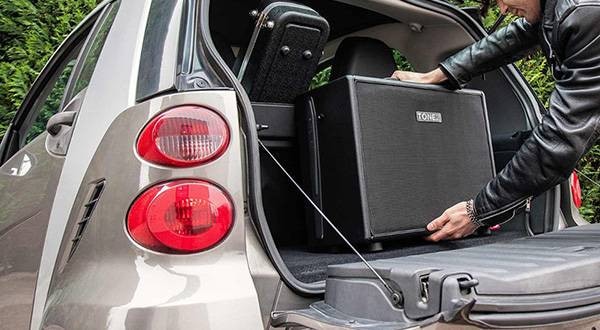
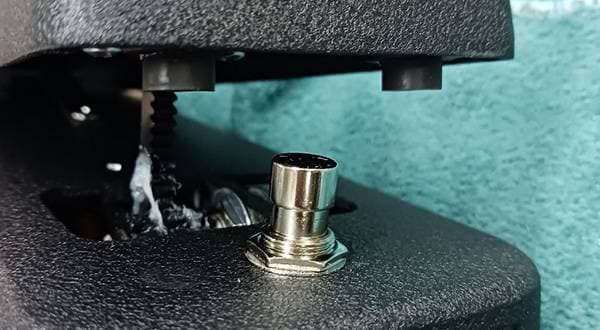
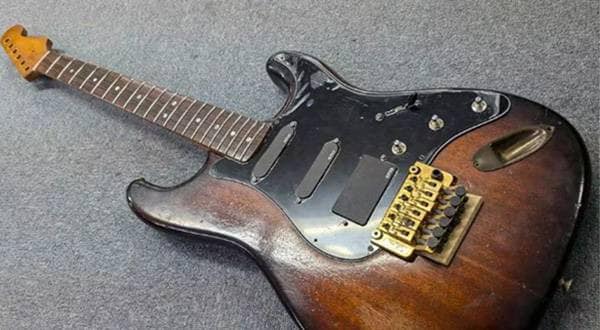
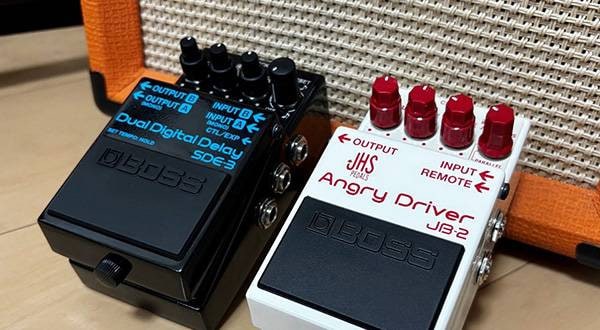
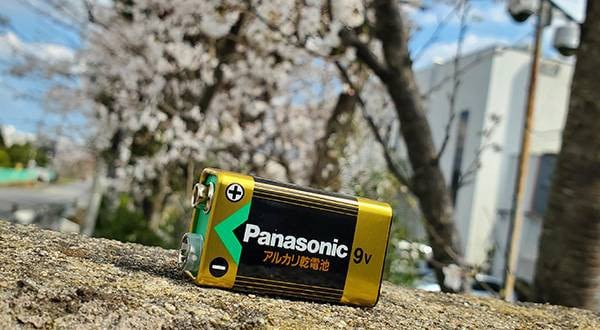
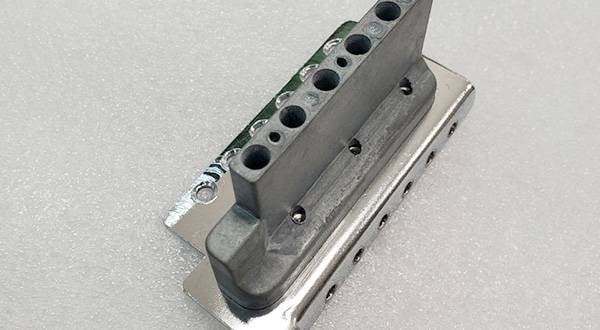

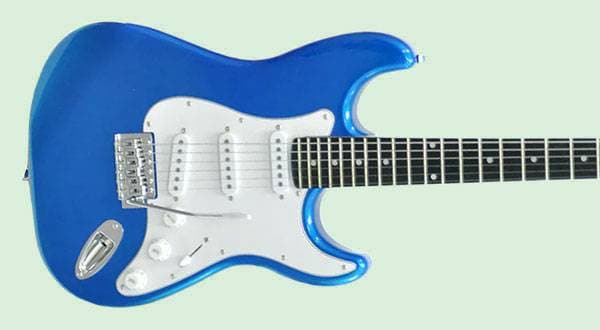
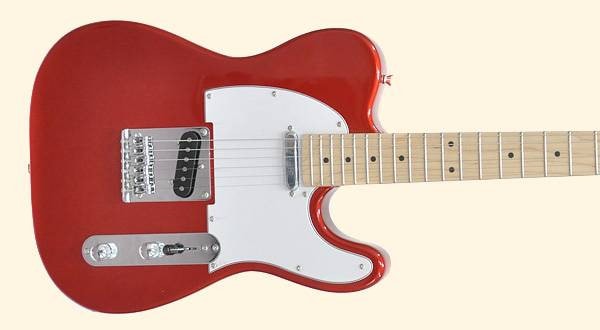

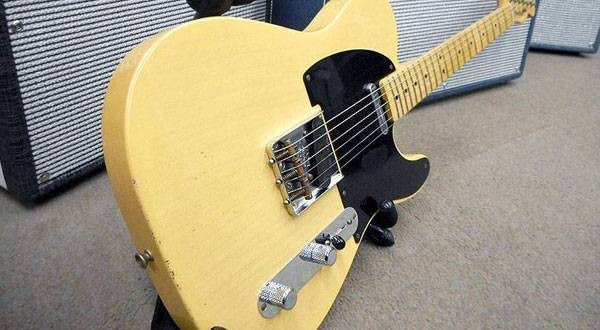
 初心者必見!PLAYTECH 激スゴの理由!
初心者必見!PLAYTECH 激スゴの理由!
 FENDER(フェンダー)ブランドサイト
FENDER(フェンダー)ブランドサイト
 愛されたフェンダーギターたち
愛されたフェンダーギターたち
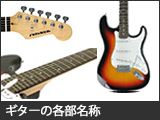 ギターの各部名称
ギターの各部名称
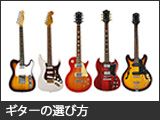 ギターの選び方
ギターの選び方
 ギタースタートガイド
ギタースタートガイド















